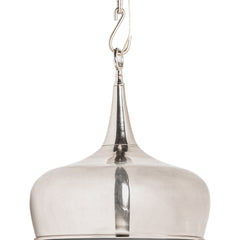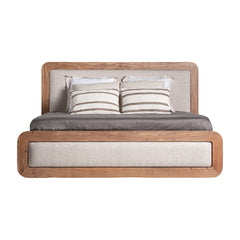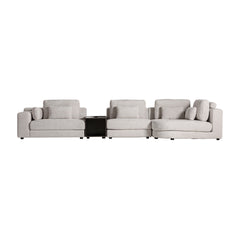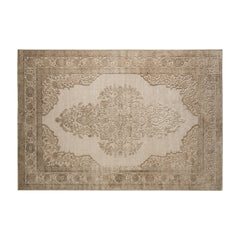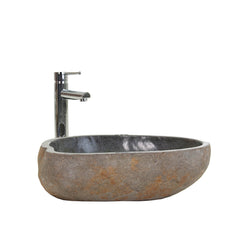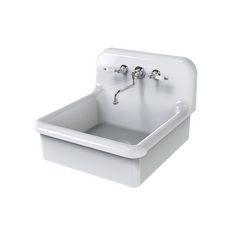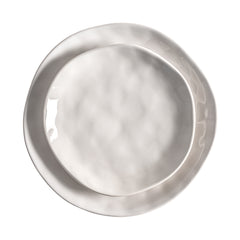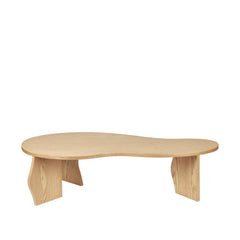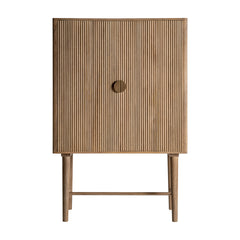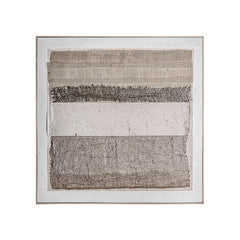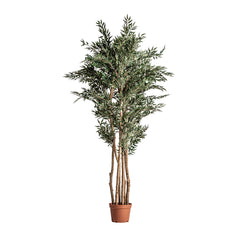Spanish interior design is celebrated for its warm, inviting ambiance, vibrant color palettes, and a seamless blend of historical influences. Rooted in centuries of cultural exchange and regional diversity—from Moorish Spain in the south to the rustic charm of northern villages—this style offers both timeless elegance and practical comfort. Whether you’re aiming to evoke the romance of Andalusian courtyards or the cozy authenticity of a Galician farmhouse, understanding the history behind Spanish interiors will help you make informed design choices. Below, we explore the evolution of Spanish interior design and share practical tips to bring its essence into your home.
A Brief History of Spanish Interior Design
Moorish and Islamic Influences (8th–15th Centuries)
-
Architectural Features: During the period of Al-Andalus, intricate tilework (azulejos), horseshoe arches, and geometric patterns flourished. Water features and inner courtyards (patios) created sanctuaries of coolness and tranquility in arid climates.
-
Materials & Textiles: Lush textiles, such as handwoven rugs and embroidered cushions, drew on North African and Middle Eastern craftsmanship, adding depth and color to indoor spaces.
Renaissance and Baroque (15th–17th Centuries)
-
Furniture & Ornamentation: With the Christian Reconquista came influences from Italy and Flanders. Dark, heavy wooden furniture—often carved with ornate motifs—became a hallmark. Walls and ceilings featured frescoes, gilding, and tapestries depicting religious and mythological scenes.
-
Color & Texture: Rich jewel tones (emerald green, deep ruby, midnight blue) and sumptuous materials like velvet and brocade signaled status and sophistication.
Neoclassical and Romantic Revival (18th–19th Centuries)
-
Simplification & Elegance: Neoclassicism ushered in cleaner lines, lighter woods (walnut, cherry), and pastel color schemes. Rooms felt airier, with lesser ornamentation but still retained Spanish flair through wrought-iron grilles and decorative ceramics.
-
Regional Folk Traditions: In rural areas, vernacular elements held strong: hand-painted ceiling beams (vigas), terracotta floors, and embroidered linens celebrated local craftsmanship.
20th-Century Modernism and Beyond
-
Modernista Movement: Catalonia’s Modernisme (think Gaudí) introduced organic forms, mosaic “trencadís,” and fluid ironwork—melding art and architecture in novel ways.
-
Contemporary Fusion: Today’s Spanish interiors often blend ancestral techniques (like artisanal tile-making) with minimalist furnishings, neutral backdrops, and sustainable materials.
Key Characteristics of Spanish Interior Design
-
Color Palette
-
Earthy neutrals: terracotta, ochre, sandstone.
-
Accents in cobalt blue, sunflower yellow, and deep reds.
-
Whitewashed walls to reflect light and cool interiors.
-
-
Materials
-
Natural stone and terracotta flooring.
-
Solid wood beams and doors (often hand-carved).
-
Wrought iron for chandeliers, stair railings, and decorative grilles.
-
-
Textures & Patterns
-
Hand-painted azulejo tiles in kitchens and bathrooms.
-
Rich textiles: wool rugs, embroidered cushions, and tapestry wall hangings.
-
Layered textures (plaster walls, woven baskets, coffered ceilings).
-
-
Furniture & Décor
-
Heavy wooden tables, often plank-style or with turned legs.
-
Upholstered seating with simple lines but textured fabrics.
-
Accent pieces: ceramic jars, alcoved niches, and decorative pottery.
-
-
Architectural Elements
-
Exposed wooden vigas and chambranles (lintels).
-
Arched doorways and windows, internally and externally.
-
Central patios or loggias that blur indoor/outdoor living.
-
Practical Tips to Achieve Spanish Style
-
Start with a Neutral Base: Whitewash walls or choose light stucco finishes. This creates a bright canvas for bolder accents.
-
Layer Textiles: Add a wool Moroccan-style rug, embroidered throw pillows, and a tapestry or kilim as a focal wall piece.
-
Embrace Tilework: Use hand-painted ceramic tiles for backsplashes, bathroom accents, or even as tabletop insets.
-
Mix Metals: Combine wrought iron with brushed copper or bronze in lighting fixtures, drawer pulls, and decorative grilles.
-
Incorporate Natural Wood: Seek out reclaimed beams or antique wooden furniture. Even new pieces can be distressed to mimic historical patinas.
-
Add Greenery: Potted palms, olive trees, or climbing vines (real or artificial) enhance the courtyard-inspired atmosphere.
-
Balance Scale and Simplicity: While Spanish design can be opulent, modern interpretations often pair one ornate piece (e.g., a carved wooden console) with clean-lined sofas or chairs.
Modern Interpretations
-
Minimalist Spanish: Crisp white interiors punctuated by a single azulejo mural or an oversized wrought-iron pendant.
-
Rustic Contemporary: Open-plan living with exposed beams, a stone accent wall, and streamlined furniture in natural materials.
-
Mediterranean Fusion: Blend Spanish elements with coastal or Greek styles: blue-and-white ceramics, linen upholstery, and driftwood accents.
Conclusion
Spanish interior design offers a rich palette of historical depth, vibrant color, and textural warmth. By understanding its diverse influences—from Moorish mosaics to Baroque ornamentation—you can thoughtfully select elements that resonate with your personal taste. Whether you lean toward traditional splendor or pared-back contemporary elegance, the essence of Spanish style lies in authentic materials, artisanal craftsmanship, and an inviting, sun-soaked ambiance. Start with the foundational components—neutral walls, natural wood, textured textiles—and infuse your space with curated accents that tell a story of Spain’s storied past.
Feel inspired to bring a touch of Spain into your home? Begin by exploring local artisan markets or reclaimed-furniture shops for authentic pieces that add character and history to your design.
0 comments

